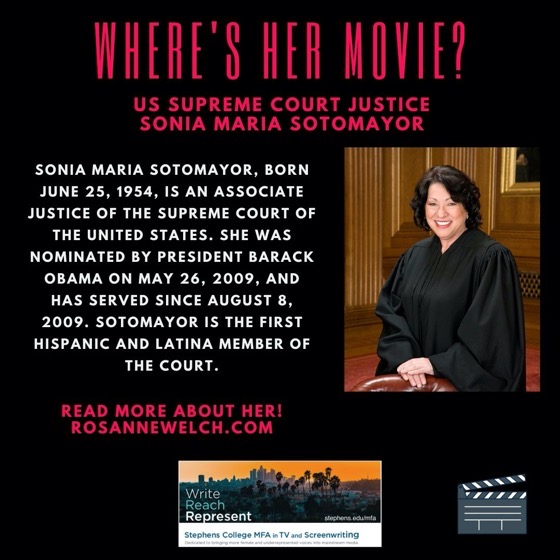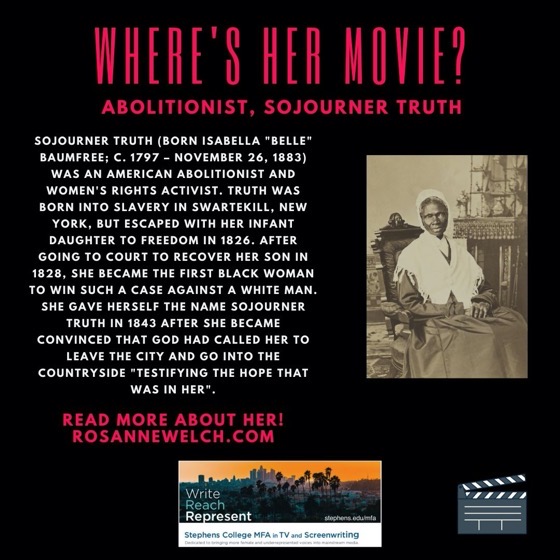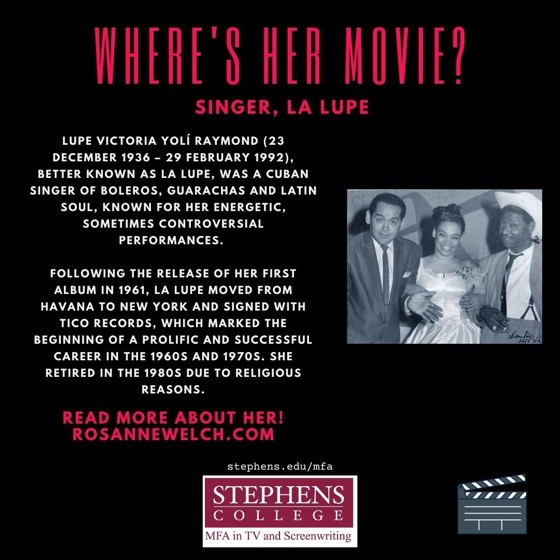“Where’s HER Movie” posts will highlight interesting and accomplished women from a variety of professional backgrounds who deserve to have movies written about them as much as all the male scientists, authors, performers, and geniuses have had written about them across the over 100 years of film. This is our attempt to help write these women back into mainstream history. — Rosanne

Rebecca Lee Crumpler, born Rebecca Davis, (February 8, 1831 – March 9, 1895), was an American physician and author. After studying at the New England Female Medical College, in 1864 she became the first African-American woman to become a doctor of medicine in the United States.[a] Crumpler was one of the first female physician authors in the nineteenth century.[4] In 1883, she published A Book of Medical Discourses. The book has two parts that cover the prevention and cure of infertile bowel complaints, and the life and growth of human beings. Dedicated to nurses and mothers, it focuses on maternal and pediatric medical care and was among the first publications written by an African American about medicine.
Crumpler graduated from medical college at a time when very few African Americans were allowed to attend medical college or publish books. Crumpler first practiced medicine in Boston, primarily serving poor women and children. After the American Civil War ended in 1865, she moved to Richmond, Virginia, believing treating women and children was an ideal way to perform missionary work. Crumpler worked for the Freedmen’s Bureau to provide medical care for freed slaves.
She was subject to “intense racism” and sexism while practicing medicine. During this time, many men believed that a man’s brain was 10 percent bigger than a woman’s brain on average, and that a woman’s job was to act submissively and be beautiful. Because of this, many male physicians did not respect Rebecca Lee Crumpler, and would not approve her prescriptions for patients or listen to her medical opinions. Still, Rebecca Lee Crumpler persevered and worked passionately.
She later moved back to Boston to continue to treat women and children. The Rebecca Lee Pre-Health Society at Syracuse University and the Rebecca Lee Society, one of the first medical societies for African-American women, were named after her. Her Joy Street house is a stop on the Boston Women’s Heritage Trail. — Wikipedia









